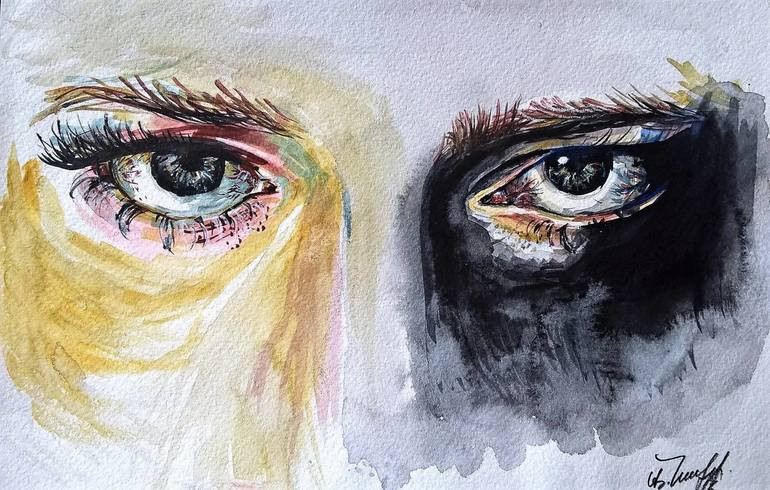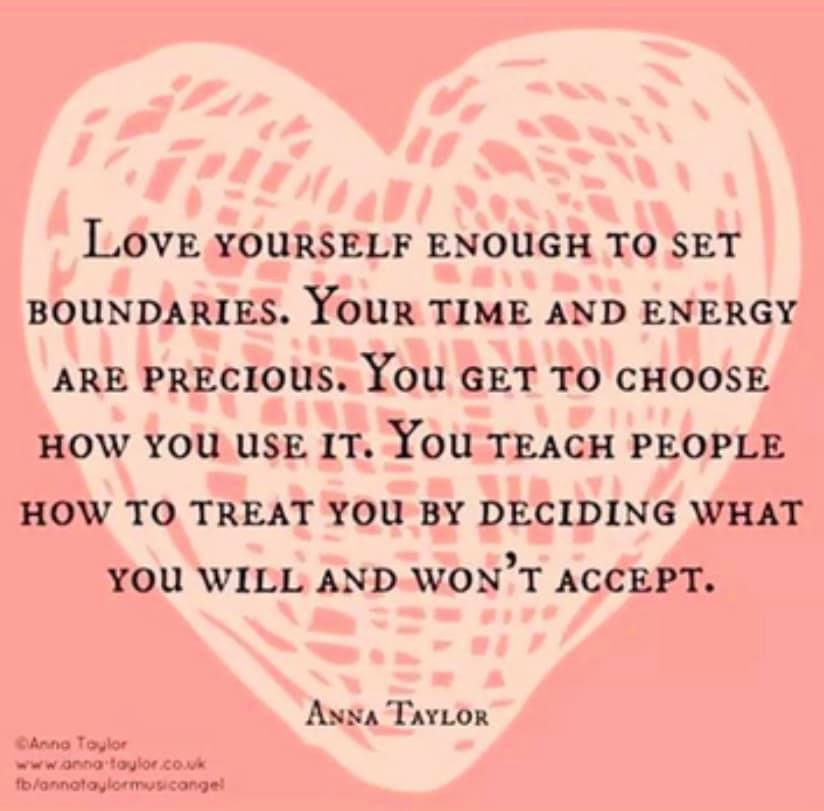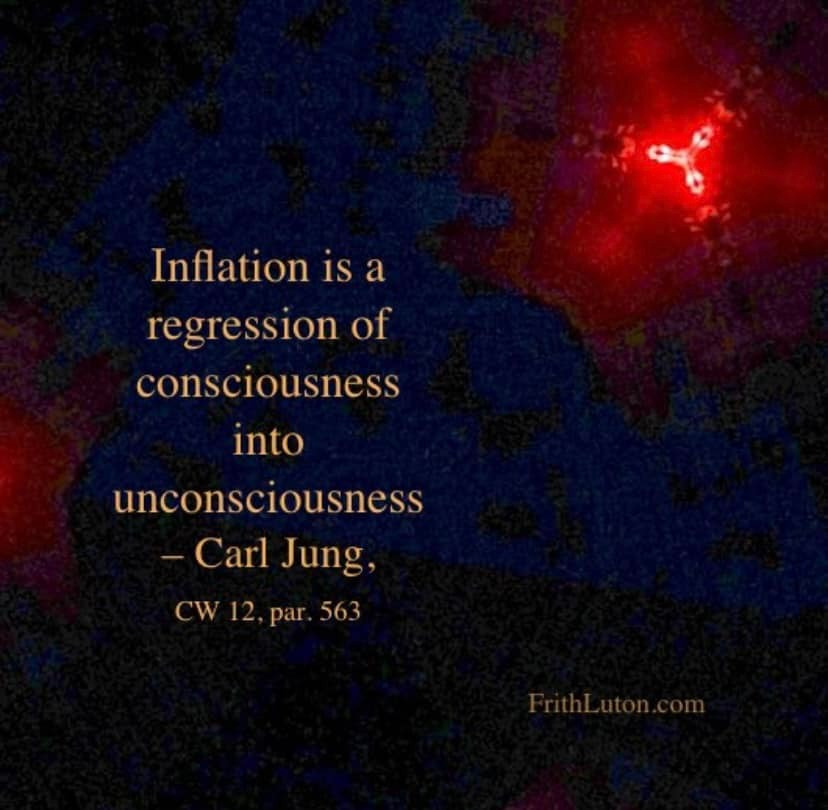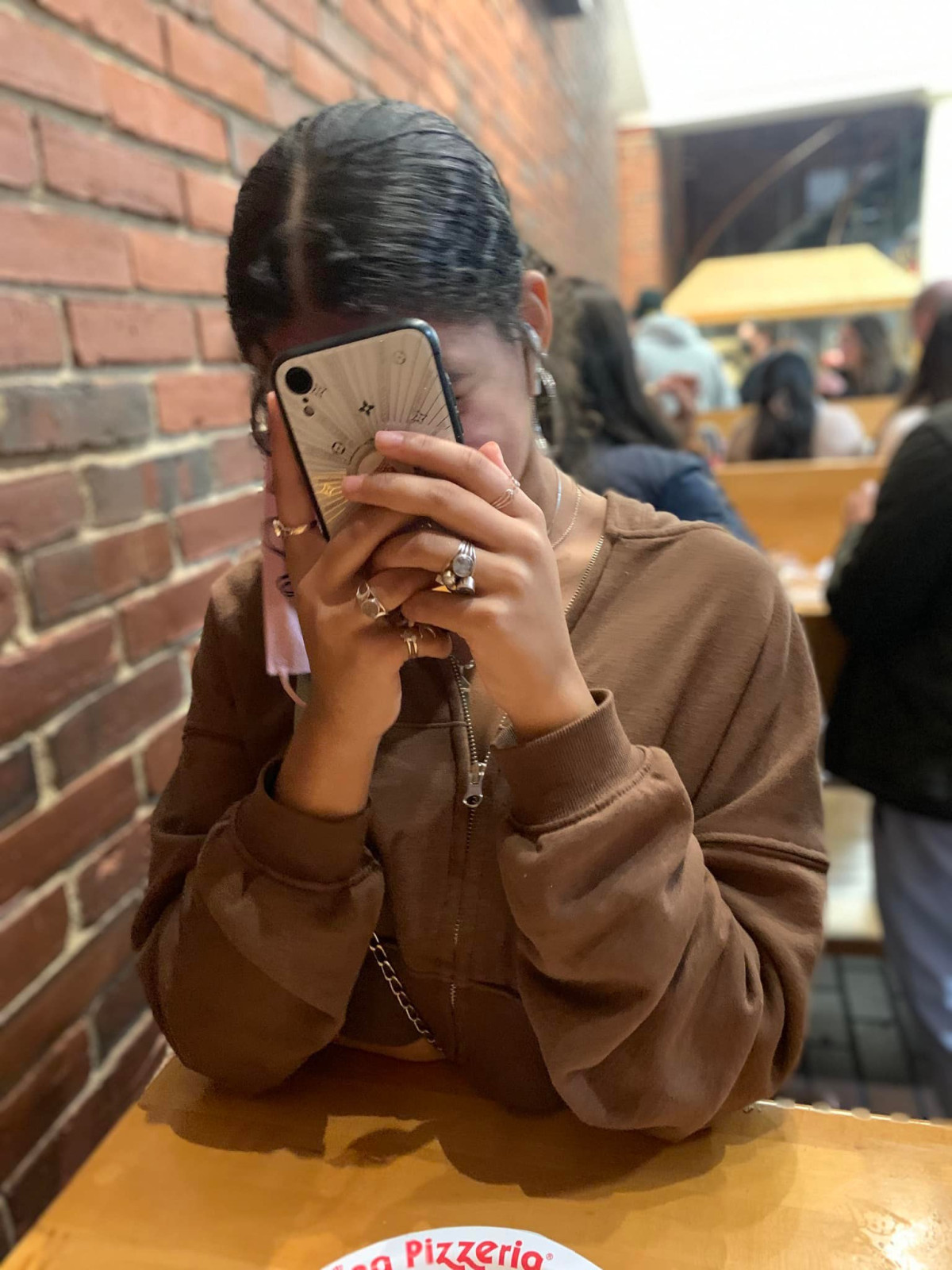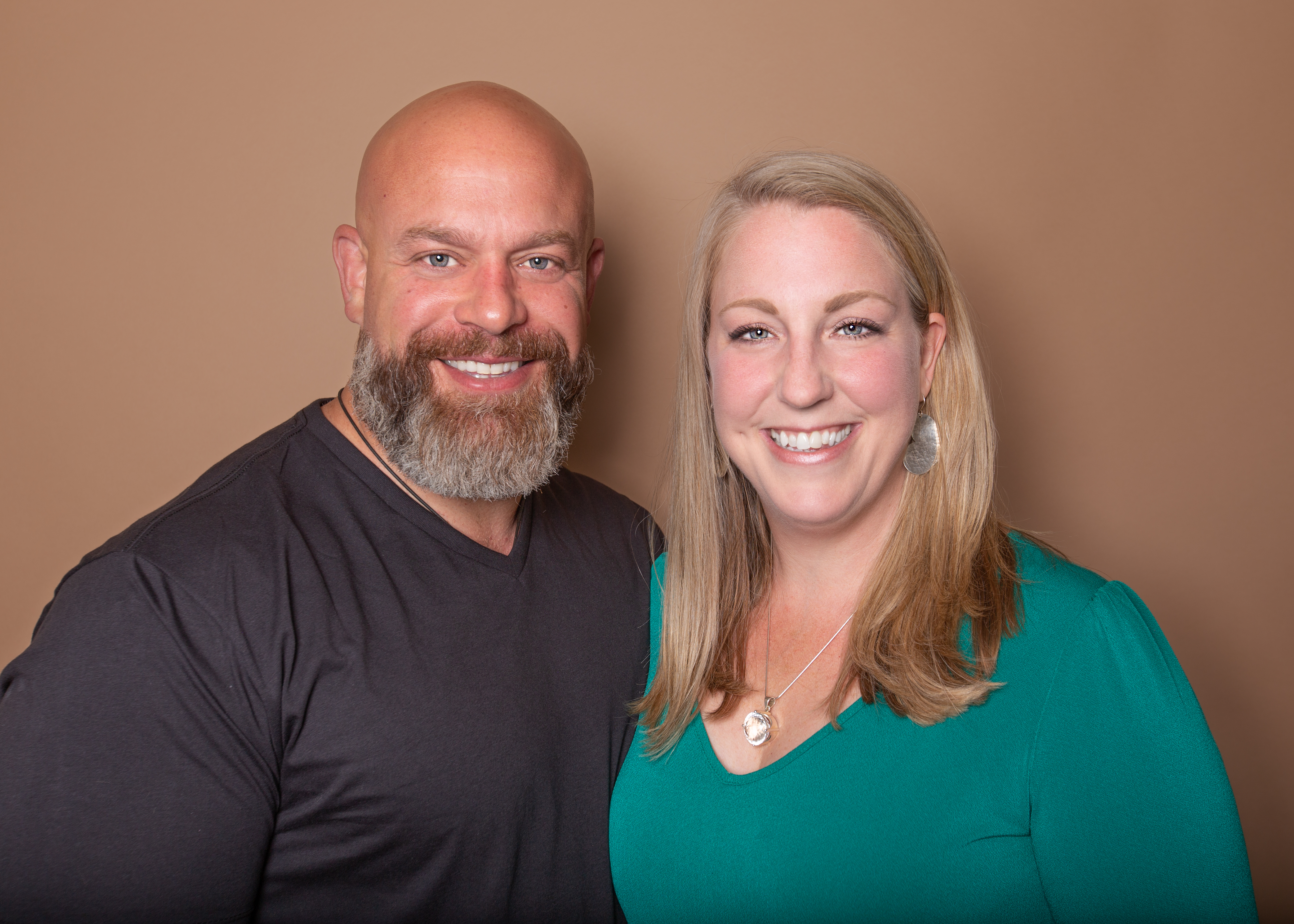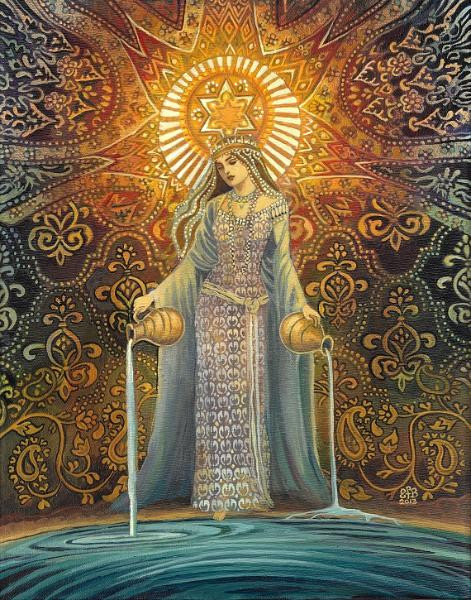
This blog post explores Carl Jung's concept of archetypes and their influence on our thoughts, feelings, and behaviors. Jung proposed the idea of a "collective unconscious," a shared layer of the unconscious mind that contains universal symbols and patterns of thought called archetypes. These archetypes, such as the mother, father, hero, and shadow, are activated in individuals' lives through personal experiences, dreams, and psychological processes, influencing their thoughts, emotions, and behaviors. Jung believed that psychological development involves recognizing and integrating these archetypal influences to achieve individuation and act from one's true self. The article suggests various ways to explore these archetypal forces, including working with a Jungian analyst, reading books by Jungian authors, taking courses on archetypes, and accessing resources on the Inner Wisdom School website.
To facilitate self-discovery and navigate the complexities of archetypes and complexes, the article suggests seeking support from professionals like Noah and Jamie, who can help understand personal symbolism, dreams, and unresolved emotions. The blog post encourages readers to embrace the exploration of archetypal influences and offers various avenues to gain insights and assistance. In conclusion, self-discovery is viewed as a rewarding but sometimes challenging journey, made easier with the guidance and support of professionals. Interested readers are invited to reach out for assistance and share their experiences.

This blog post explores the stages of navigating challenging relationships and finding inner peace. It starts with recognizing the disharmony and taking responsibility for change. Then, there is a shift to blaming the other person and attempting to fix them. As the process continues, therapy and self-exploration help to address blame, take space, and understand the underlying dynamics. Eventually, acceptance and appreciation for both the person and the conflict arise, leading to a state of observation and non-reactivity. Finally, the other person becomes a symbol of oneself, and unity and integration are achieved.
Read more...
